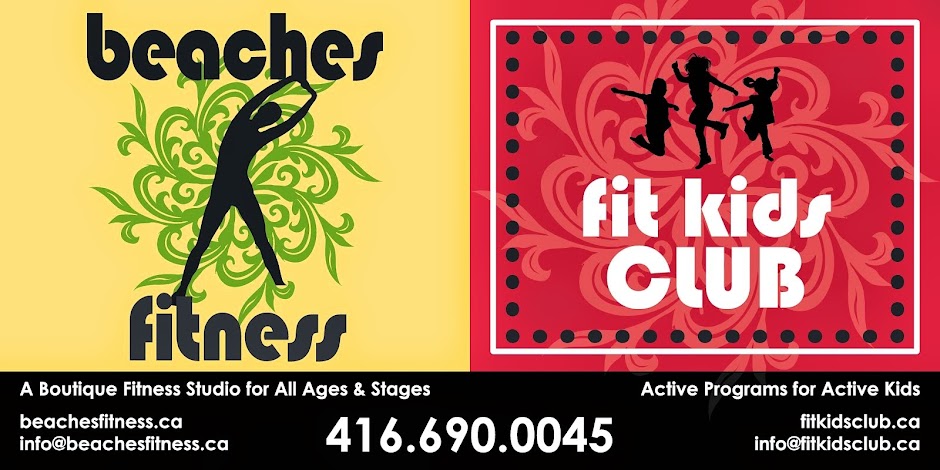I
found an article on Naturegem.com. I was looking for more
information on white flour and white sugar. I know whole wheat is
better, I have baked with it for years. I know my sugar cookies have
a slightly different texture than most, but besides that, most people
can not even tell that I use the whole wheat flour. I actually
prefer the difference. But, I have always wondered why people are so
set on using white flour. What is the reason?
My
first search took me to
http://www.angelfire.com/folk/naturalife/whiteflr.html
. Here is the beginning of the article...
“In
the manufacture of white flour, manufactures first remove the wheat
seed's bran, its six outer layers, and the germ (or embryo) which
contains 76% of the vitamins and minerals. 97% of the dietary fiber
is also lost.
Then
it gets worse. What little is left is then bleaches, preserved and
aged with chlorine dioxide. It is further whitened by adding chalk,
alum, and ammonium carbonate to make it look and feel more improved
and appealing to the consumer. An anti-salting agent called sorbitan
mono-saturate is added in the the final stage.
A
few synthetic nutrients are then added back into the white flour and
it is then called “enriched” In actuality, there has been no
real “enrichment” of the original product, but deception and
destruction of the life-giving properties of one of the many perfect
creations we find in nature.”
You
should also check out
http://www.healthy-eating-politics.com/white-flour.html
for more information.
So,
if this is true, then why would I ever allow white flour back in my
house? I clean with vinegar and baking soda, I use phosphate and
chlorine free dish soap, I use all natural deodorant... why would I
bake with white flour and allow my children to ingest a bunch of
chemicals and not reap any of the benefits that are found in the
grains natural state?
But,
is whole wheat flour perfect? Well, no. Whole wheat flour is better
than white flour, but it could be even better if it were whole grain.
Here is what I found on the Health Canada website
(http://www.hc-sc.gc.ca/fn-an/nutrition/whole-grain-entiers-eng.php)...
“Is
whole wheat flour whole grain?
In
Canada, when wheat is milled to make flour, the parts of the grain
are usually separated and then are recombined to make specific types
of flour, such as whole wheat, whole grain, white cake and pastry
flour, and all purpose white flour. If all parts of the kernel are
used in the same relative proportions as they exist in the original
kernel, then the flour is considered whole grain.
Under
the Food and Drug Regulations, up to 5% of the kernel can be removed
to help reduce rancidity and prolong the shelf life of whole wheat
flour. The portion of the kernel that is removed for this purpose
contains much of the germ and some of the bran. If this portion of
the kernel has been removed, the flour would no longer be considered
whole grain.
Is my 100% whole wheat bread whole grain?
Whole
wheat bread is made with whole wheat flour. As sold in Canada, whole
wheat flour may have much of the germ removed. Therefore, 100% whole
wheat bread may not be whole grain - however, it remains a nutritious
choice that provides dietary fibre not found in white bread.
How do I know if a product is made with whole grains?
Look
for the word "whole grain" on the label and in the
ingredient list. Many foods containing whole grains will have the
words "whole grain" followed by the name of the grain as
one of the first ingredients. Products labelled with the words
"multigrain," and "organic" are not necessarily
whole grain - the flour or grains in the products may be made with or
consist of little or no whole grains.”
So,
what are we to do? Buy Whole GRAIN as much as possible. Avoid white
bread and pasta's as much as possible. Read labels and be aware of
what you are putting in your body. When you have food choices, just
take a moment and read the labels. Take some time to learn about
what you are putting in your body.
When
I go up to the cottage, one of the things I look forward to the most
is my moms peanut butter... you know, the crap that is filled with
icing sugar. We only buy the all-natural peanut butter. I have
learned to like it, but there is just something about spreading that
creamy, sugary, yummy crap on a piece of toast... for a treat. What
I am trying to say is, treats are ok, having refined sugar or white
flour every once and a while is ok... but if you have a choice and
you are the one baking, why not use whole wheat flour? I have been
baking with it for years now and I have managed to tweak my recipes
and make it work. In most recipes, you can not even tell the
difference anymore.
Next,
I will be looking into the brown vs. white sugar thing... stay tuned!
Sandra
www.beachesfitness.ca
Twitter - @BeachesFitness



